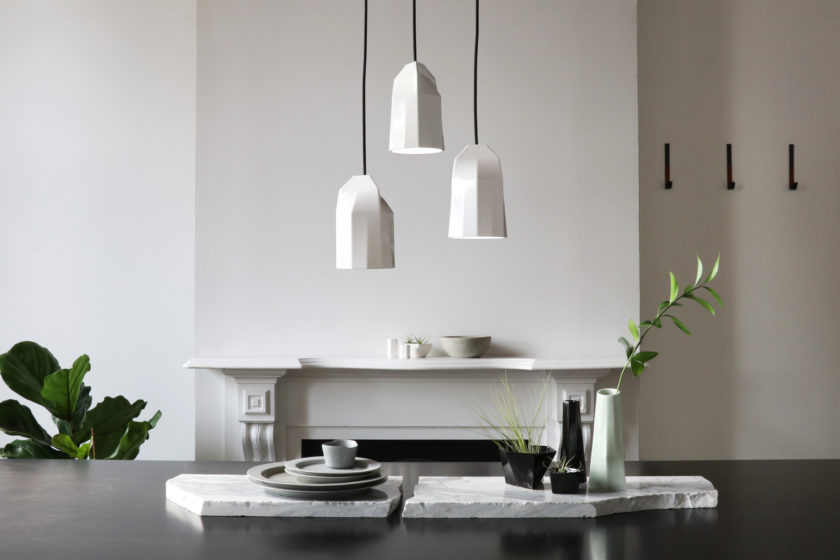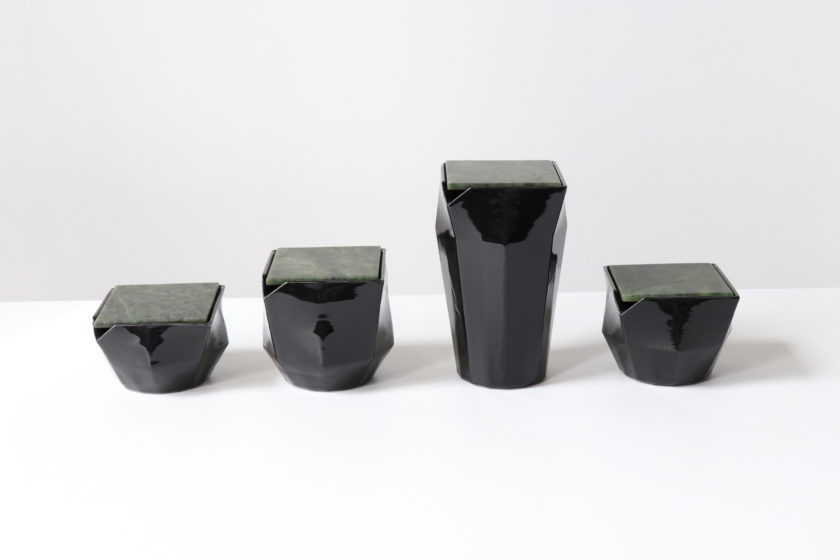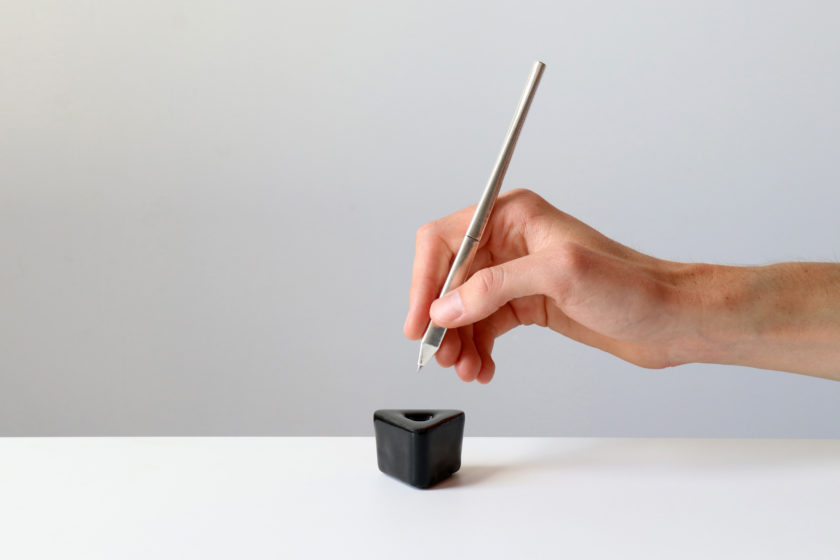The entrepreneur and experimental designer Daniel Kamp does it all. His design expertise stretches from lighting to jewelry to furniture. With his passion for modern manufacturing methods, he turned to Shapeways to produce his designs.
This week, we had the opportunity to speak with Daniel about his studio and its latest project, White Light by KAMP.

Tell us a bit about yourself.
Most people call me an industrial designer. But I prefer the term post-industrial designer, as it is more in line with what I stand for. I run KAMP.studio, an experimental design practice with a focus on 3D printing. In the past I’ve designed furniture, spaces, and all sorts of other stuff, but my focus now is on products and sculptural objects.
KAMP.studio is a multifaceted beast. We have an ever-evolving in-house collection of sculptural products ranging from jewelry to homewares and lighting. We also work on client projects and commissions, and just recently we launched White Light by KAMP, a lighting design and production lab with a more commercial focus.
I’m currently based in Auckland. but I’m about to move to Hong Kong to expand my practice. Part of the studio will remain here in New Zealand, so I will be splitting my time between the two cities.
What is the inspiration for your designs?
My inspiration comes from all over. My dreams (the sleeping kind), my passionate dislike of the old manufacturing system, opportunities I find in my industry and adjacent industries… If I were to pick my biggest influence though, it would be evolution. I’m fascinated with the way things change over time; biologically, socially, technologically.
How did you get started?
I studied design innovation and industrial design at Victoria University of Wellington. That’s where I learnt how to think critically, to challenge the way things are, and to propose alternatives, which is what I believe design is all about.
After university I founded a contemporary furniture and lighting design brand with two good friends which eventually evolved in the product and spatial design studio Think & Shift. After a couple of years we had won all sorts of really nice accolades and done some very cool projects, but it still wasn’t exactly where I wanted my career to head. So I sold my shares in the company to start KAMP.studio.
What is your design process?
When I design for our in-house collection I do so pretty organically. There are no real rules. No brief. The object generally comes to me as a vague idea that I shape through conversation, sketching, and digital modeling until I feel like it makes sense. Then I order prototypes, tweak, and repeat. Some products take two days, some take two years.
When I design for clients I usually have to be a little more disciplined. With those projects I try to start as high-level as I can: What is this project really about? Why are we doing it? Then I make my way down through a brief toward a final outcome that is defined by the big picture.
How does Shapeways fit into your process?
I’ve used Shapeways for along time now: first for prototyping projects back at university, then for commercial prototypes at my last design company, and now for both prototyping and final production of much of KAMP,studio’s work. As a result, I now have a pretty deep understanding of the different materials provided and how to best design for them.
Shapeways is woven into my process from beginning to end. I can rough up an idea and, before I get too far down the path, get a quote to assess the viability of the piece. I iterate the design and keep getting quotes as the design develops. Eventually I get to the stage of prototyping where I can have a object produced using exactly the same process and material that will be used for final production — and for exactly the same price. This is very difficult with traditional manufacturing. Then I iterate again, as many times as necessary to refine the design. Once a design is finalized, I use the same process I’ve been using throughout development to make the pieces to order.
This seamless back-and-forward results in huge efficiencies that allow me to focus on the poetry of a design rather than the practicalities of production.
Which software do you use to create your designs and how did you learn?
I was a Solidworks kid until I switched to Fusion (along with the rest of the world) just recently.

Why do you use 3D printing over traditional manufacturing?
This is a big one for me. I really dislike mass production. I think it creates a horrible kind of monotony, which has a huge amount to do with our throwaway society. In this modern world of luxury, we only seem to keep things that we love, and very rarely do we love things that have been mass-produced. This of course includes products but also seems to be true for furniture, art, even entire buildings.
The two alternatives to mass production that I am most interested in are handcraft and 3D printing. Both encourage us to produce items in smaller quantities or even one-off. I believe that this kind of uniqueness has an inherent beauty, and tends to make items easier to cherish and less likely to make it to the landfill before they should. A lot of my work is about thinking of ways to combine craft and 3D printing, to find a more sustainable and more beautiful alternative to the industrial design and production system.
What is the future of KAMP.studio?
In the very near future our main priority is White Light, under which we are creating original and bespoke lighting for interior designers, specifiers and homeowners. We’re developing new product lines and working on custom projects. KAMP.studio will release some more products sometime soon as well.
Longterm, the goal is to continue exploring opportunities in digital craft and post-industrial design. Each time we identify a major opportunity (such as custom lighting for the architectural market) we will act on it (like we have with White Light), then we go back to exploring and search for the next opportunity.
You can find more of Daniel Kamp’s work through KAMP.studio’s website or Instagram and through his lighting site, White Light. For Kamp’s portfolio head over to Behance.










